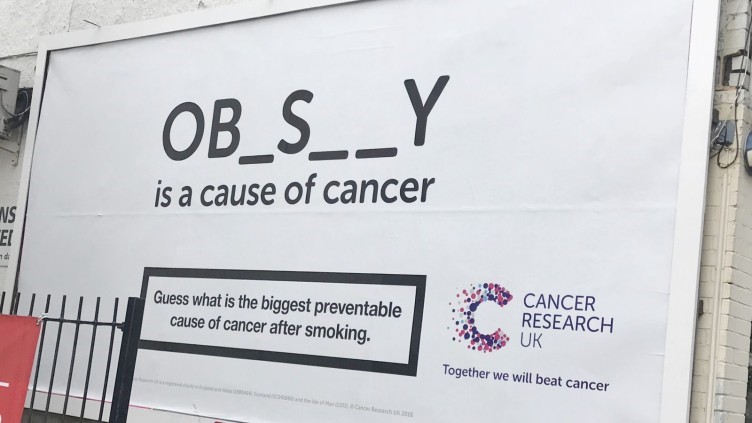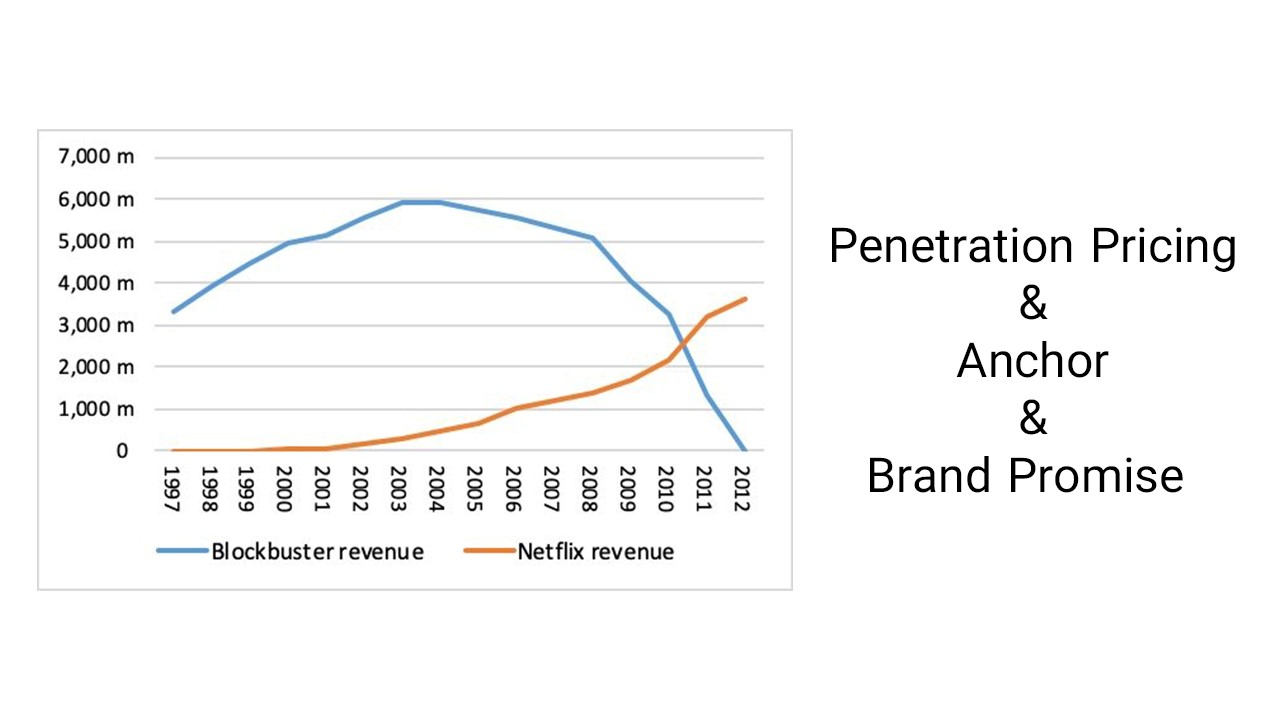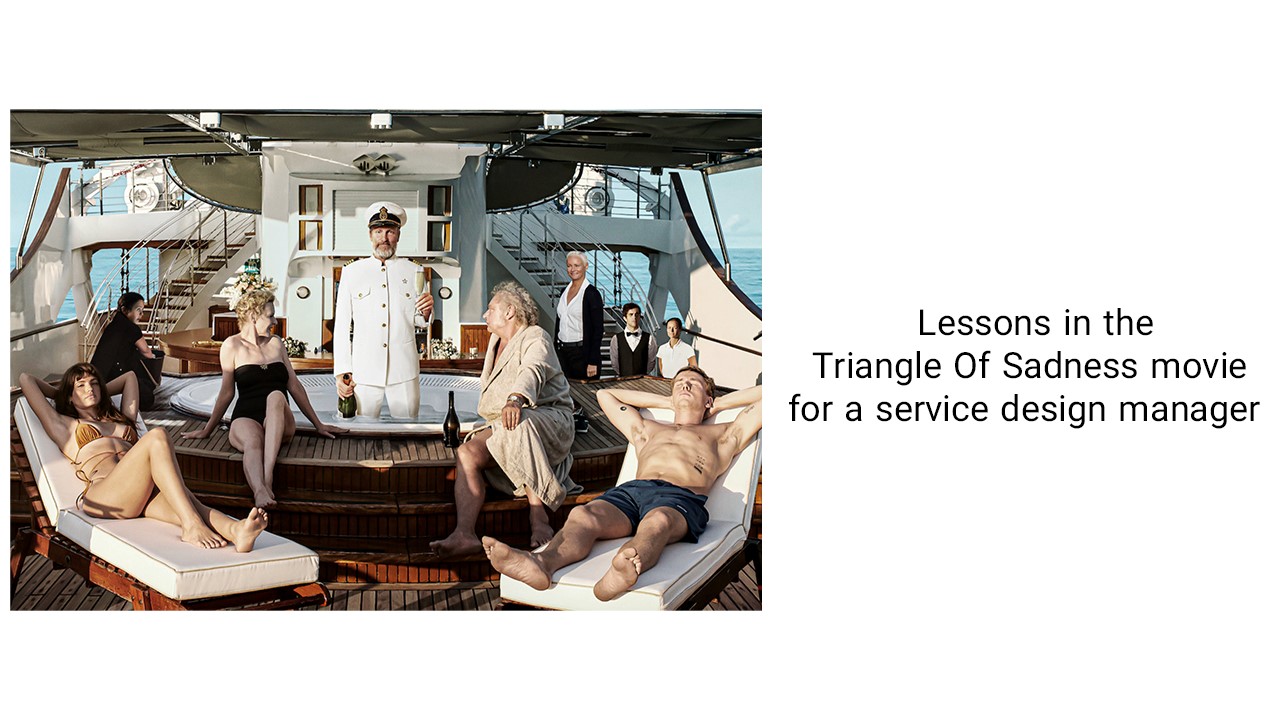
In life, there are times when we need to act quickly without thinking and other times when it’s best to take a step back and consider our options. The distinction between fast and slow thinking can be best understood by considering the famous scene from Top Gun Maverick where Maverick (Tom Cruise) tells Rooster “DON’T THINK.” In this context, the “don’t think” strategy is crucial for Rooster to save Maverick’s life and survive himself.
When Not to Think
In high-pressure situations where time is limited and you can’t get advice from others, it’s often best to rely on your fast thinking. For example, a pilot in the middle of a battlefield must act quickly and make split-second decisions based on their instincts and experience. In these situations, our instincts and heuristics are well equipped to make high-quality decisions.
When to Think
On the other hand, when you have time to consider your options and the situation is not as pressing, it’s best to engage in slow thinking. For example, when choosing a job or deciding to get married, it’s important to take the time to reflect and weigh your options.
One effective strategy for slow thinking is to use the “5 Why” method. This approach involves asking “why” five times to get to the root cause of a problem. By doing so, you can gain a deeper understanding of the situation and make more informed decisions.
In conclusion, understanding the difference between fast and slow thinking can help us make better decisions and navigate through life’s challenges. Whether it’s relying on our instincts in high-pressure situations or taking a step back to reflect and analyze in more relaxed circumstances, it’s important to know when to think and when not to think.






